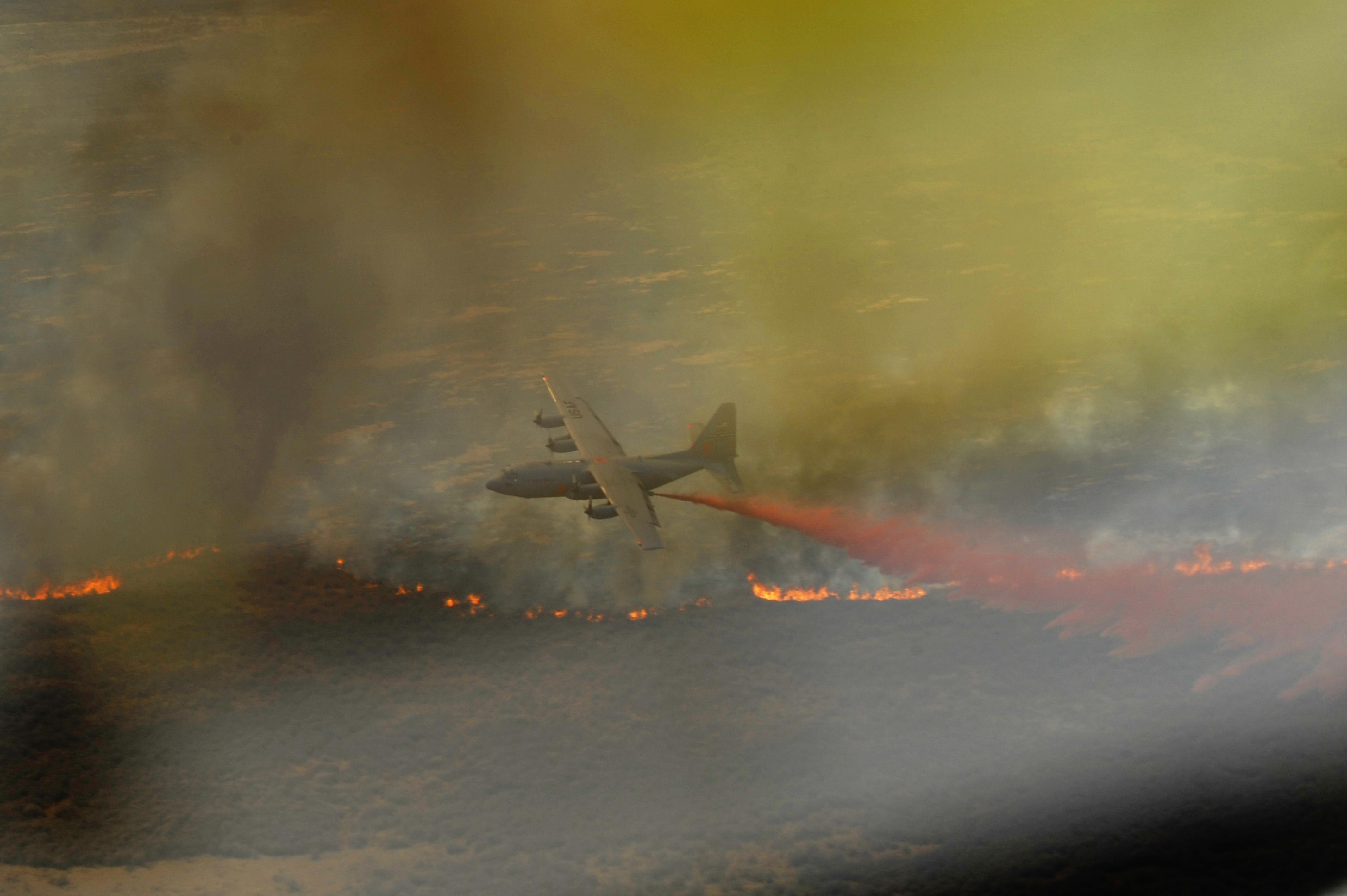There are currently over 500 wildfires burning in my home province of British Columbia, Canada. At the same time, Toronto, Ontario is experiencing floods due to heavy August rainfall. Around the world, extreme weather events seem to be becoming more common place. California, like BC, is experiencing wildfires, Sweden’s reindeer are starving after a severe drought, and Hawaii is in the path of a hurricane, just to name a few examples.

Scientific models have provided evidence of link between extreme weather events such as these, and climate change. As man-made climate change continues, the models suggest that we should see more devastating weather events. Despite this, and other scientific evidence, however, our ability to act, both at the individual and the state level, remains quite limited. Since climate change is literally a life-or-death issue, and since these extreme weather events are impacting people in a very concrete way, it begs the question – why is action so difficult, and how might we facilitate behavior change? As a communication scholar, I’d like to take a moment to examine this issue through a communication lens.
Climate communication is an interdisciplinary issue. It requires a knowledge of writing, technology, audio/video/ psychology, science, user research, political economy, marketing and rhetoric. If the main goal for climate researchers is to encourage widespread behavior change, then sustained communication on the issue is a crucial step.
With respect to climate change, behaviors have to change on many different overlapping levels. It starts with individual behaviour change, and then also requires change at the level of the family, community, municipality, province or state, nation, and between nations. This means that different types of persuasive communication need to be developed for each level of interaction. What works for an individual, may not work at the level of the municipality. Furthermore, it requires interaction or communication between organizations and individuals, organizations and other organizations, organizations and nation states, nations and other nations, nations and individual citizens. Each of these interactions will have to lead with different metrics or narratives in order to communicate the respective value of climate change mitigation and adaptation to their publics.
The science around climate change needs to be communicated to a variety of stakeholders. However, it is not enough to simply provide information. Providing information does not, and has not inspired others to take action on behavior change. For this reason, climate scientists need to be trained in or assisted with their professional communication efforts. Science requires a very specific type of communication. The style most scientists are accustomed to working in is not intelligible to many laypeople, nor does it inspire action or behavior change.
Social behavior change is commonly researched n the health sciences field, and has shown success, when combined with other approaches, such as nudge pricing, for example with respect to changing perceptions of smoking. There are even entire fields of study devoted to the topic. For this reason, while the science behind climate mitigation, carbon capture, and warming global temperatures is crucial, the field of climate communication is equally a part of the solution to this wicked problem.